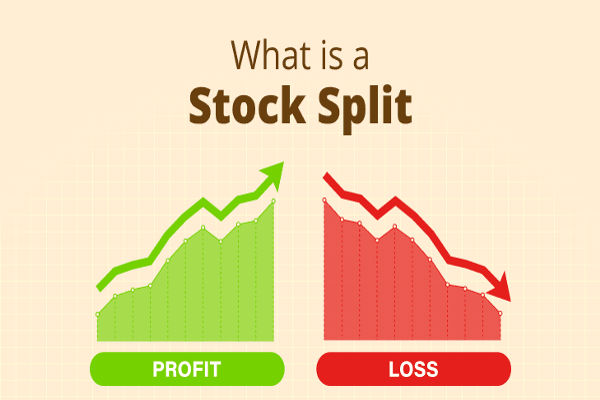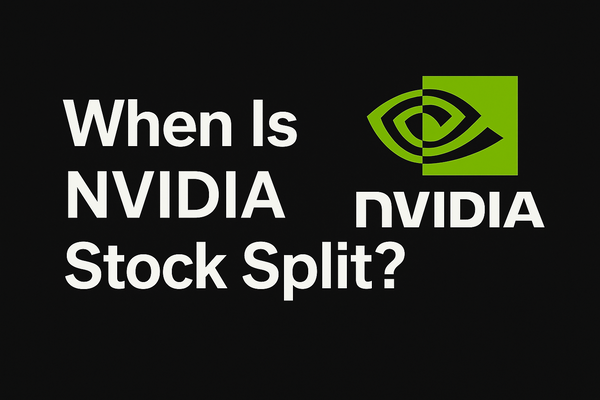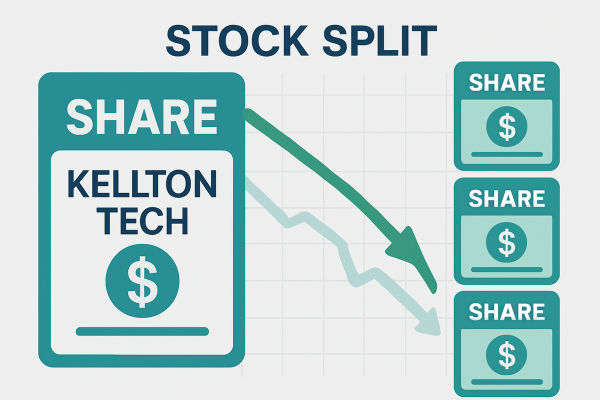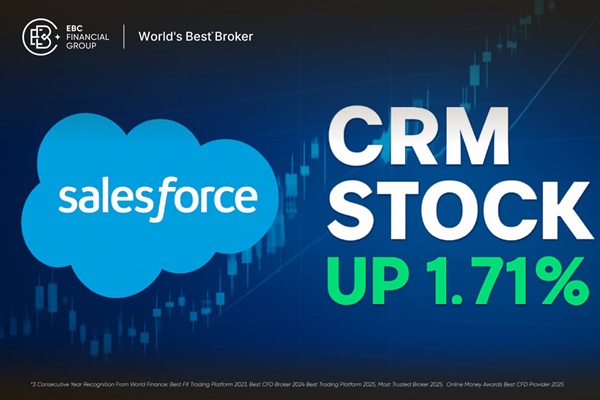One of the most frequently asked questions in the world of investing is, what is a stock split? While the term may sound complex, the concept is surprisingly simple.
A stock split is a decision by a company to divide its existing shares into multiple new shares, thereby reducing the price per share without changing the total value of the investor’s holdings.
It is a way to make shares more affordable and accessible while keeping the company’s overall market capitalisation intact.
How a Stock Split Works in Practice
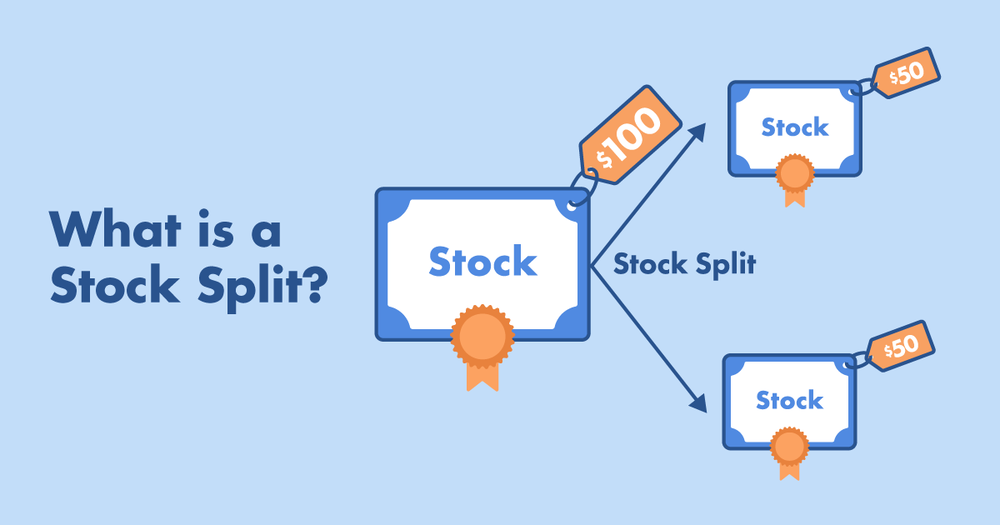
To understand what is a stock split, consider this scenario. Imagine a company whose shares are trading at £200 each. If the company announces a 2-for-1 stock split, each existing share will be split into two, and the new price per share will be £100. If you previously owned one share worth £200, you will now own two shares worth £100 each. The total value of your investment remains the same, but you now hold more units of ownership.
This process does not change the company’s total value or your percentage ownership. Rather, it changes the number of shares and their individual price to make trading easier and potentially increase market participation.
Why Companies Choose to Split Their Stock
Knowing what is a stock split also involves understanding the reasons why companies choose this path. One of the main motivations is to improve liquidity. High share prices can deter smaller investors from buying in. By reducing the price per share, a stock split can make the stock appear more affordable, which may increase trading activity and broaden the shareholder base.
Another reason companies conduct stock splits is to send a message of confidence. When a well-known firm performs a stock split during a time of strong performance, it is often interpreted by the market as a sign that the company expects continued growth. This psychological impact can be significant even if the financial fundamentals remain unchanged.
In competitive industries, some companies split their stock to keep their share price in line with rivals. A company trading at £800 per share may seem expensive next to a competitor trading at £200, even if both are valued fairly. A split can help adjust this perception and attract investors who compare Stock Prices directly.
Types of Stock Splits and Their Purpose
When exploring what is a stock split, it helps to recognise that there are different forms. The most common is the forward stock split, where each share is divided into multiple new ones. A 3-for-1 split means each share becomes three, and the price per share is divided by three.
There is also the reverse stock split. This is the opposite action, where several shares are combined into one. For example, a 1-for-5 reverse split means five existing shares become one, and the share price increases fivefold.
Reverse splits are often used to raise a company's share price, especially if it has fallen too low to meet exchange listing requirements. While sometimes seen as a sign of weakness, reverse splits can also be part of a strategic repositioning.
Impact of a Stock Split on Investors
Many investors want to know if a stock split affects the value of their investment. The short answer is no. When asking what is a stock split from an investor’s viewpoint, the key is to understand that it is a structural change, not a financial one. If you own £1,000 worth of shares before the split, you will still own £1,000 worth after, even though the number of shares and the price per share have changed.
However, there can be indirect effects. A lower share price might attract more interest from retail investors, potentially increasing demand and, in some cases, leading to short-term price gains. The split might also affect trading volume and investor behaviour, especially in the days following the announcement.
For those using modern trading platforms that offer fractional shares, stock splits are handled automatically. Your ownership percentage stays the same, and you do not need to take any action.
Real-World Examples of Stock Splits
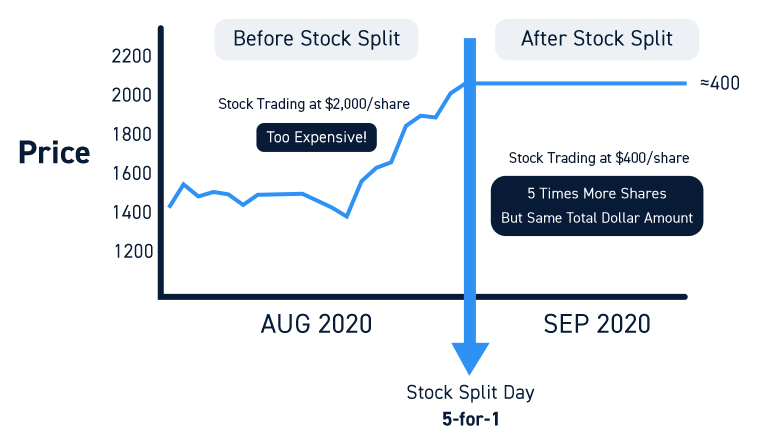
To fully grasp what is a stock split, it helps to look at some well-known examples. Apple has performed several stock splits in its history, including a notable 4-for-1 split in 2020. The move was seen as a way to make shares more accessible to everyday investors, especially during a period of rapid growth and rising prices.
Tesla also carried out a 5-for-1 split in 2020 and a 3-for-1 split in 2022. Both splits occurred during times of strong investor interest and were designed to maintain momentum while inviting a larger number of shareholders to participate.
These cases illustrate that stock splits are not just about numbers. They are part of a broader communication strategy that helps companies align their share structure with their market goals.
Common Misconceptions About Stock Splits
Despite their simplicity, stock splits are often misunderstood. One common myth is that a stock split creates value. In truth, the total value of your holdings remains the same immediately after the split. Another misconception is that a stock split guarantees future price increases. While demand can rise following a split, any price movements depend on broader market conditions and investor sentiment, not the split itself.
Some investors also believe that only struggling companies use reverse stock splits. While it is true that some firms use them to avoid being delisted, others use reverse splits as part of larger strategic plans. Understanding what is a stock split means recognising these nuances and not jumping to conclusions based on the type of split announced.
Conclusion
So, what is a stock split, really? It is a corporate action that changes the number of shares and the price per share, without affecting the overall value of an investor’s position. For companies, it is a tool to improve market accessibility, signal confidence, or align with industry standards. For investors, it is a structural change that may impact trading behaviour but not the fundamental value of the investment.
By understanding what is a stock split and how it works, investors can make more informed decisions and avoid common myths that surround these announcements. Whether it is a forward or reverse split, the change is always about the share structure, not the actual value held.
Disclaimer: This material is for general information purposes only and is not intended as (and should not be considered to be) financial, investment or other advice on which reliance should be placed. No opinion given in the material constitutes a recommendation by EBC or the author that any particular investment, security, transaction or investment strategy is suitable for any specific person.
